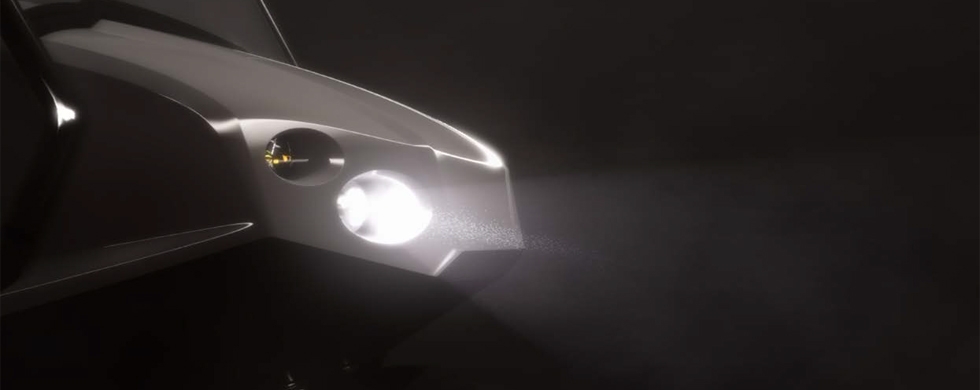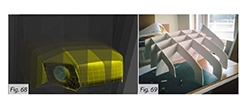Function to product
From function to product - Development of the user experience for an electric delivery vehicle
Summary
Our society is in many ways defined by our transportation capabilities of both products and people. Our current transportation system has matured into an age where cheap- fossil based energy has been in constant supply and has therefore in many ways grown dependant on it. This basic condition of cheap- high density energy has changed in recent years and the need for more expensive extraction techniques to meet current demands for fossil based energy has increased prices This has opened up new markets within the “last mile delivery sector” meaning the last part of the total delivery chain to the separate households. The preferred transportation methods within this sector has been, up until recently, a combus tion engine based car. This is about to change as the leading actors within this industry more and more are locking towards purpose built electrified transporta tion solutions.
This paper has looked at the existing market of small electric utility vehicles from a user perspective in order to understand the advantages and disadvantages of the different actors on this emerging market. The aim is to apply this knowledge on the development of a new generation of small utility vehicles that are capable of complementing a regular car. As this project is focused on a practical solution, the outcome is not a design study but rather a prototype ready design proposition for an existing company.
The process started with a recap of previous material related to the subject, note worthy information was gathered in a checklist for future use and summarized in a knowledge base. This was then followed up with a requirement gathering phase consisting of a study of legal requirements, technical limitations imposed by the construction team, field research within three different customer segments and market studies conducted partly by collaborating parties. The input from this phase was then summarized through a developed need analysis and a written persona for each of the customer segments.
Several design concepts where brought forward and analyzed during the form explorative phase. A framework consisting of the previous information gathering, inspiration boards and the brand identity of the company was put in place to steer the project in the right direction. A design direction was chosen and later refined through several iterations
The finished concept is presented in two stages were the latter is an adaptation of the design suited for a prototype series. An evaluation of the concept was done through an improved version of the PUGH concept scoring, indicating an improve ment compared to other market solutions as well as the earlier prototype devel oped by Nimbell. The most significant improvements were made through better user adjustability both regarding ergonomics and functionality. This combined with a distinct brand identity and production feasible concept will ensure that the vehicle is welcomed by its future customer.
Skriv ut ![]()


